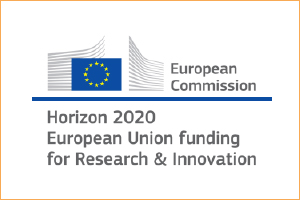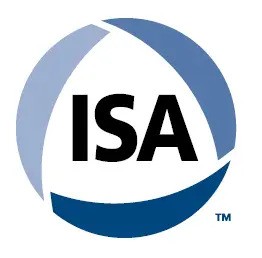This document addresses:— physically embodied RIA systems, such as robots and autonomous vehicles with which users will physically interact. — systems embedded within the physical environment with which users do not consciously interact, but which collect data and/or modify the environment within which people live or work such as smart building and, mood-detection. — intelligent software tools and agents with which users actively interact through some form of user interface. — intelligent software agents which act without active user input to modify or tailor the systems to the user's behaviour, task or some other purpose, including providing context specific content/information, tailoring adverts to a user based on information about them, user interfaces that adapt to the cognitive or physiological state, "ambient intelligence". — the effect on users resulting from the combined interaction of several RIA systems such as conflicting behaviours between the RIA systems under the same circumstances. — the complex system-of-systems and sociotechnical impacts of the use of RIA systems, particularly on society and government.This document is not an exploration of the philosophical, ethical or political issues surrounding robotics, artificial intelligence, machine learning, and intelligent machines or environments. For matters of ethics and political issues, see standards such as BS 8611 and IEC P7000. However, this document does identify where and why ethical issues need to be taken into account for a wide range of systems and contexts, and as such it provides information relevant to the broader debate regarding RIA systems.This document has a broader focus than much of the early work on autonomy that relates to the automation of control tasks and mechanization of repetitive physical or cognitive tasks, and centres on levels of automation.Although this document addresses a wide range of technology applications, and sector and stakeholder views on the issues, the treatment of each can be incomplete due to the diverse and increasingly varied applications of RIA systems.
ISO/TR 9241-810:2020
https://www.iso.org/standard/76577.html





